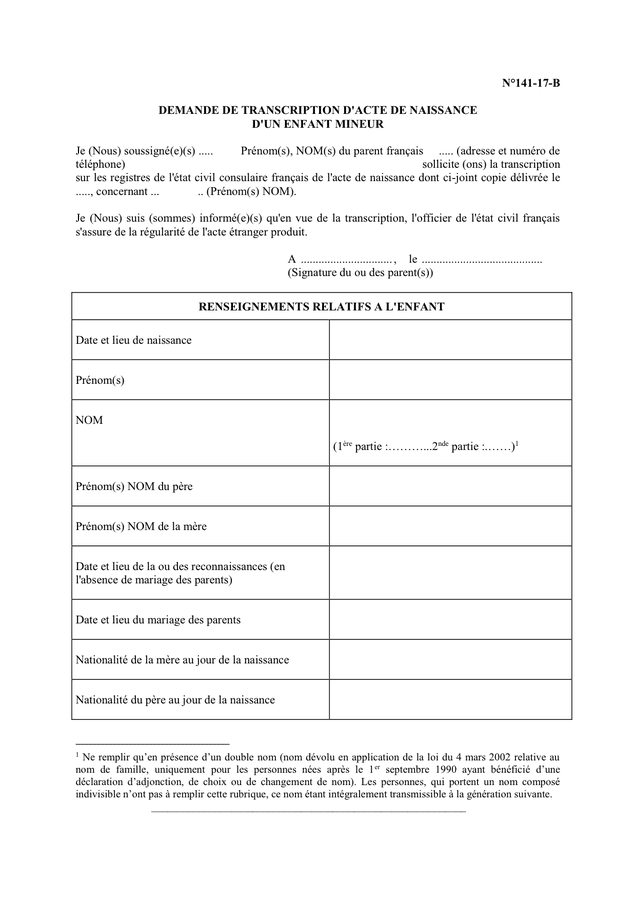Santorini's Seismic Shift: Scientists Report Fewer Earthquakes, Outlook Remains Unclear

Table of Contents
The picturesque island of Santorini, renowned for its stunning caldera and volcanic history, has experienced a noticeable shift in its seismic activity. Recent reports indicate a decrease in the frequency and magnitude of earthquakes, prompting both relief and cautious concern among scientists and residents alike. Understanding this Santorini earthquake lull and its implications requires a careful examination of the geological processes at play and a reassessment of the island's volcanic threat.
The Recent Decrease in Seismic Activity
Data from the National Observatory of Athens and other monitoring stations reveal a clear reduction in earthquake activity around Santorini over the past 12 months. The number of detectable tremors has fallen significantly, with a noticeable drop in the intensity of recorded events. This shift is a notable departure from the typically higher levels of seismic activity observed in previous years. This reduction in Santorini seismic activity seems to correlate with a slight decrease in observed ground deformation, further highlighting the need for more research. This warrants a deeper understanding of the underlying geological processes.
- Number of Earthquakes: A decrease of approximately 30% in the number of earthquakes recorded compared to the previous year.
- Magnitude of Earthquakes: A decrease in the average magnitude of recorded earthquakes, with fewer events exceeding a magnitude of 3.0 on the Richter scale.
- Monitoring Stations Used: National Observatory of Athens seismic network, additional stations on Nea Kameni and Thera.
The decreased seismic activity might be attributed to a temporary release of pressure within the volcanic system, but more research is needed to confirm this theory. The observed changes in volcanic gas emissions also require further analysis to understand their correlation with the reduced earthquake frequency.
Interpreting the Data: Causes for the Shift in Santorini's Seismic Activity
Several hypotheses attempt to explain this decrease in Santorini earthquakes. These include:
- Temporary Pressure Release: A period of reduced magma pressure might be responsible for the lull in seismic activity. This could be due to a temporary pause in magma influx or a slow release of pressure through minor fissures.
- Changes in Magma Movement: Shifts in the flow or accumulation of magma beneath the island could alter the frequency and intensity of earthquakes. A change in the magma chamber's pressure or the pathways of magma flow could explain this.
- Natural Fluctuation: Seismic activity in volcanic regions is inherently variable; the current decrease may simply be a temporary fluctuation within the broader pattern. Volcanic systems are dynamic, and periods of relative quiescence are not uncommon.
However, it's crucial to acknowledge that our understanding of these complex geological processes remains incomplete. More research, including advanced seismic imaging and geochemical analysis, is essential to gain a clearer picture of the situation. Dr. Anna Petrova, a volcanologist at the University of Iceland, notes that "while the decrease is encouraging, it is premature to assume a long-term trend. Continued monitoring is absolutely crucial."
The Ongoing Volcanic Threat: Understanding Santorini's Volcanic History
Santorini's dramatic caldera is a testament to its powerful volcanic history. The Minoan eruption, around 1600 BC, ranks among the largest volcanic events in recorded history. This catastrophic event dramatically reshaped the island's landscape and is believed to have influenced ancient civilizations. While the current level of activity might seem subdued, the potential for future eruptions remains a significant concern. A major eruption could lead to:
- Powerful earthquakes exceeding magnitudes previously observed.
- Devastating tsunamis impacting the Aegean Sea and beyond.
- Large-scale ash clouds disrupting air travel and causing widespread environmental damage.
The ongoing volcanic activity beneath Santorini highlights the need for constant vigilance and improved emergency preparedness measures.
Monitoring and Preparedness: Staying Informed about Santorini Earthquakes
Several organizations actively monitor Santorini's seismic activity, employing sophisticated techniques, including:
- Seismic networks: A dense network of seismometers provides real-time data on earthquake occurrences.
- GPS measurements: Ground deformation is continuously monitored using GPS technology to detect subtle changes in the island's shape.
- Gas monitoring: The composition and flux of volcanic gases are analyzed to detect changes that may indicate an increase in volcanic activity.
- Satellite imagery: Satellite-based observations provide a broader perspective on the island's volcanic activity and potential changes.
Early warning systems and evacuation plans are in place to mitigate the risks associated with future seismic events. It is crucial for both residents and tourists to remain updated on the latest information from official sources such as:
- [Link to relevant Greek government agency, e.g., Ministry of Climate Crisis and Civil Protection]
- [Link to National Observatory of Athens]
- [Link to other relevant organizations, e.g., Institute of Geodynamics]
By staying informed, we can better prepare for any potential changes in Santorini's seismic activity.
The Future of Santorini Earthquakes: Continued Monitoring and Preparedness
The recent decrease in Santorini earthquake activity is a complex phenomenon with no definitive explanation yet. While encouraging in the short term, the ongoing volcanic threat necessitates continued monitoring and preparedness. The island’s rich history of volcanic eruptions underscores the importance of vigilance and readiness for future seismic events. Stay informed about the latest developments concerning Santorini earthquake activity by regularly checking official sources. Understanding Santorini's seismic history and current monitoring efforts is crucial for both residents and visitors. Remaining vigilant and informed about Santorini earthquake activity is essential for safeguarding the island's community and its visitors.

Featured Posts
-
 Shocking Ufc News Jeremy Stephens Makes Unexpected Comeback
May 12, 2025
Shocking Ufc News Jeremy Stephens Makes Unexpected Comeback
May 12, 2025 -
 Indy Car St Pete Palous Win De Francesco Back In Action
May 12, 2025
Indy Car St Pete Palous Win De Francesco Back In Action
May 12, 2025 -
 Ufc 315 Main Event Muhammad Vs Della Maddalena Fight Recap And Results
May 12, 2025
Ufc 315 Main Event Muhammad Vs Della Maddalena Fight Recap And Results
May 12, 2025 -
 Tam Krwz Ke Jwtwn Pr Pawn Rkhne Waly Khatwn Mdah Awr Adakar Ka Rdeml
May 12, 2025
Tam Krwz Ke Jwtwn Pr Pawn Rkhne Waly Khatwn Mdah Awr Adakar Ka Rdeml
May 12, 2025 -
 Top 10 Films That Channel The John Wick Style
May 12, 2025
Top 10 Films That Channel The John Wick Style
May 12, 2025
Latest Posts
-
 Baroan E V Ludogorets
May 12, 2025
Baroan E V Ludogorets
May 12, 2025 -
 Eric Antoine Apres La Separation Un Nouveau Chapitre Avec Un Bebe Et Sa Nouvelle Compagne
May 12, 2025
Eric Antoine Apres La Separation Un Nouveau Chapitre Avec Un Bebe Et Sa Nouvelle Compagne
May 12, 2025 -
 Transferen Udar Antoan Baroan V Ludogorets
May 12, 2025
Transferen Udar Antoan Baroan V Ludogorets
May 12, 2025 -
 Divorce D Eric Antoine Naissance D Un Enfant Avec Sa Nouvelle Partenaire
May 12, 2025
Divorce D Eric Antoine Naissance D Un Enfant Avec Sa Nouvelle Partenaire
May 12, 2025 -
 Ludogorets Antoan Baroan E Nasheto Novo Poplnenie
May 12, 2025
Ludogorets Antoan Baroan E Nasheto Novo Poplnenie
May 12, 2025
